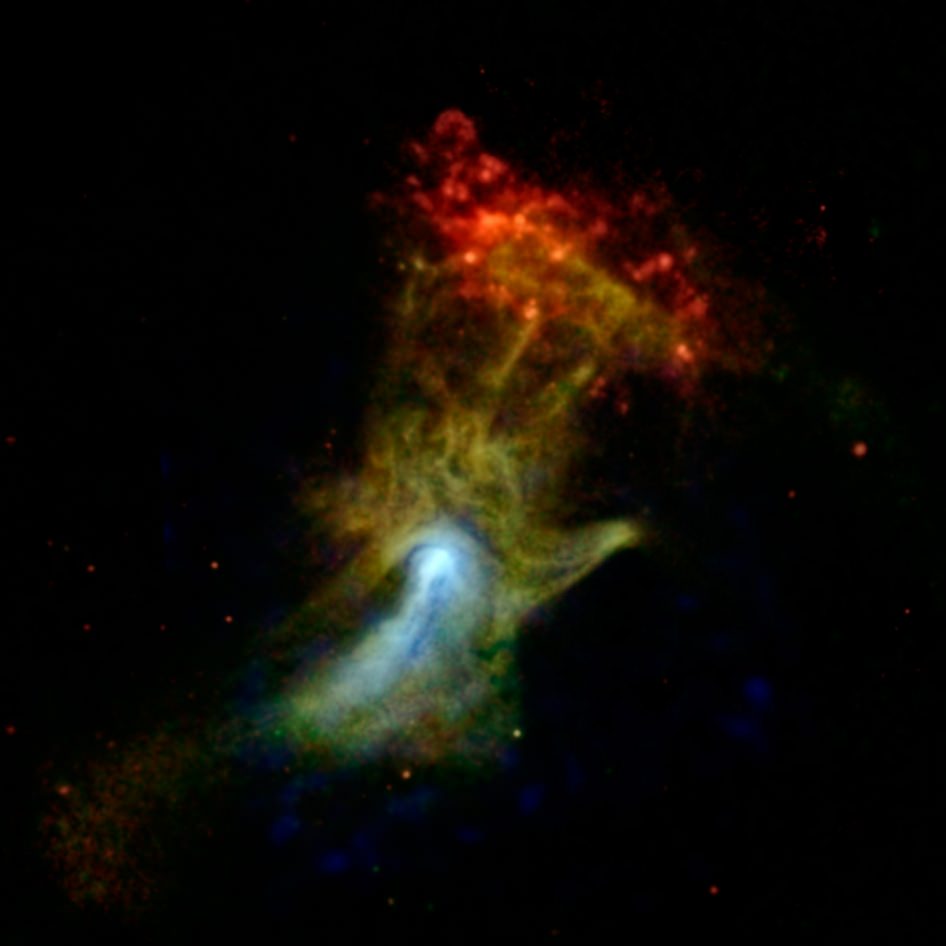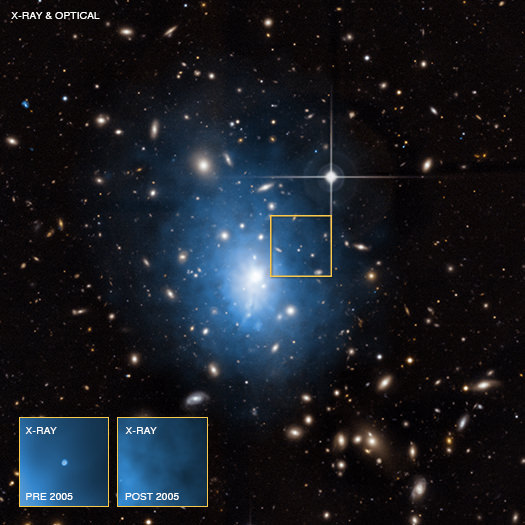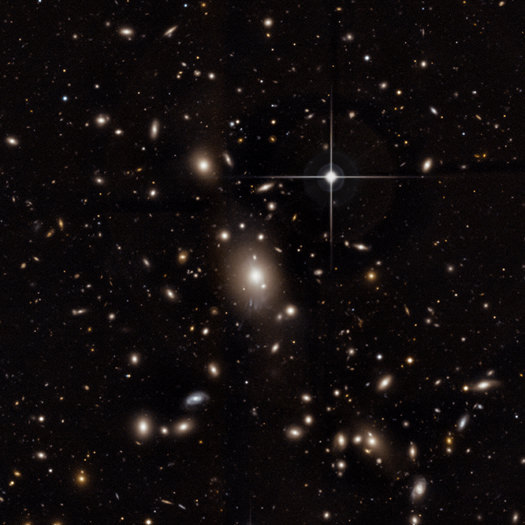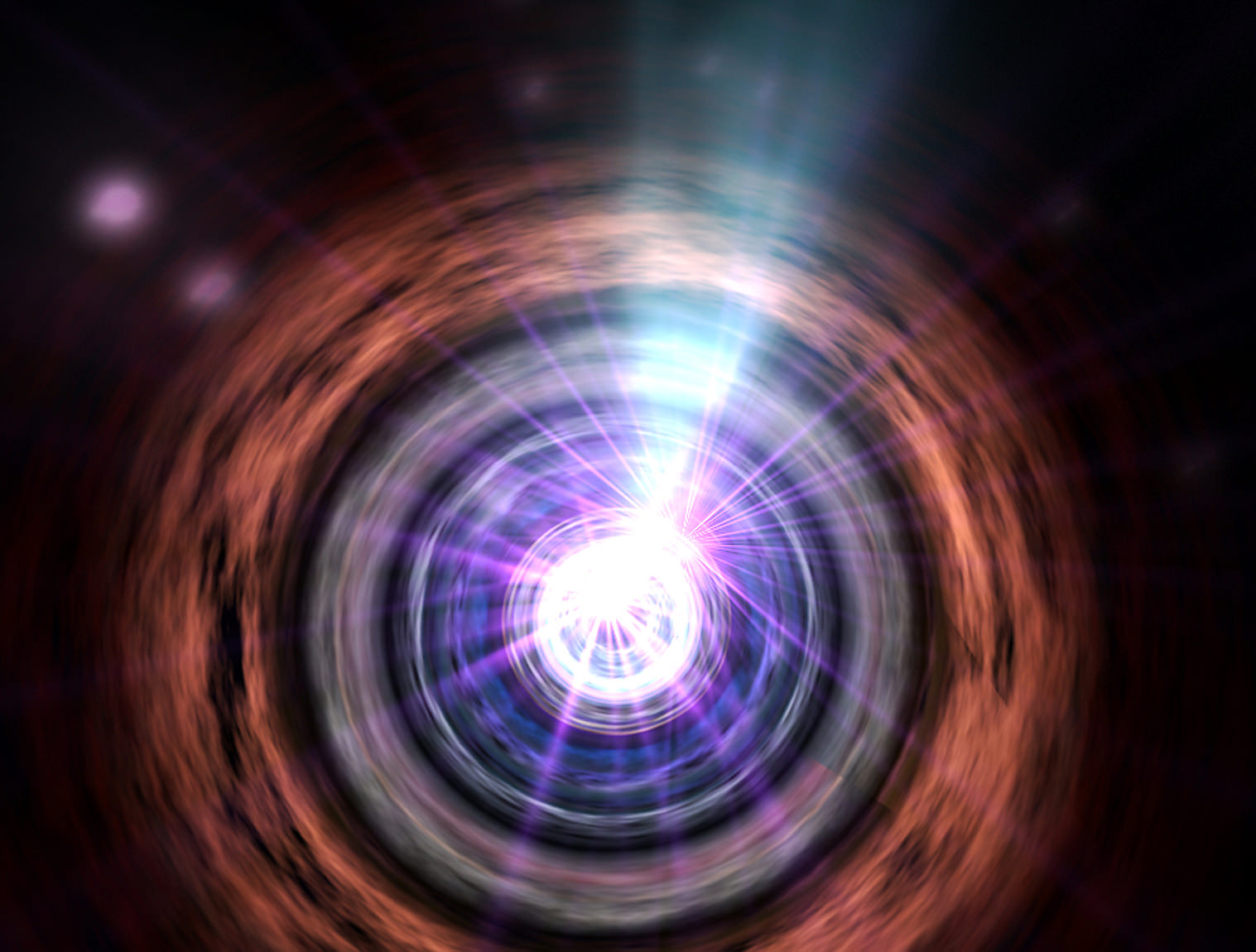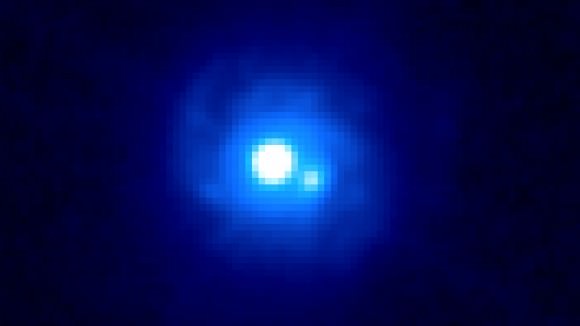One star player in this week’s findings out of the 223rd meeting of the American Astronomical Society has been the Nuclear Spectroscopic Telescope Array Mission, also known as NuSTAR. On Thursday, researchers revealed some exciting new results and images from the mission, as well as what we can expect from NuSTAR down the road.
NuSTAR was launched on June 13th, 2012 on a Pegasus XL rocket deployed from a Lockheed L-1011 “TriStar” aircraft flying near the Kwajalein Atoll in the middle of the Pacific Ocean.
Part of a new series of low-cost missions, NuSTAR is the first of its kind to employ a space telescope focusing on the high energy X-ray end of the spectrum centered around 5-80 KeV.
Daniel Stern, part of the NuSTAR team at JPL Caltech, revealed a new X-ray image of the now-famous supernova remnant dubbed “The Hand of God.” Discovered by the Einstein X-ray observatory in 1982, the Hand is home to pulsar PSR B1509-58 or B1509 for short, and sits about 18,000 light years away in the southern hemisphere constellation Circinus. B1509 spins about 7 times per second, and the supernova that formed the pulsar is estimated to have occurred 20,000 years ago and would’ve been visible form Earth about 2,000 years ago.
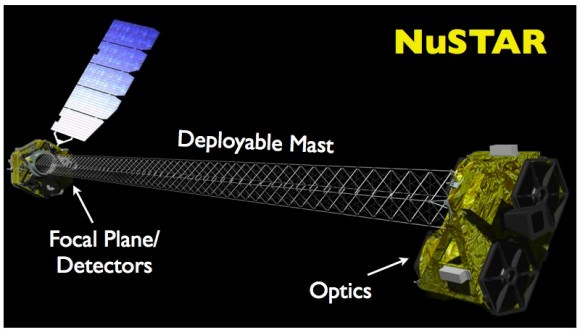
While the Chandra X-ray observatory has scrutinized the region before, NuSTAR can peer into its very heart. In fact, Stern notes that views from NuSTAR take on less of an appearance of a “Hand” and more of a “Fist”. Of course, the appearance of any nebula is a matter of perspective. Pareidolia litter the deep sky, whether it’s the Pillars of Creation to the Owl Nebula. We can’t help but being reminded of the mysterious “cosmic hand” that the Guardians of Oa of Green Lantern fame saw when they peered back at the moment of creation. Apparently, the “Hand” is also rather Simpson-esque, sporting only three “fingers!”
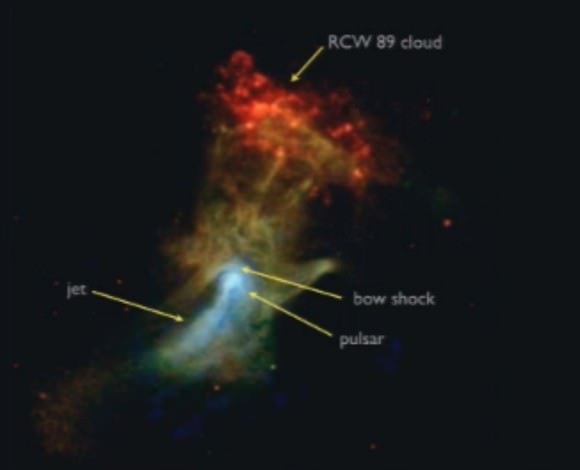
NuSTAR is the first, and so far only, focusing hard X-ray observatory deployed in orbit. NuSTAR employs what’s known as grazing incidence optics in a Wolter telescope configuration, and the concentric shells of the detector look like layers on an onion. NuSTAR also requires a large focal length, and employs a long boom that was deployed shortly after launch.
The hard X-ray regime that NuSTAR monitors is similar to what you encounter in your dentist’s office or in a TSA body scanner. Unlike the JEM-X monitor aboard ESA’s INTERGRAL or the Swift observatory, which have a broad resolution of about half a degree to a degree, NuSTAR has an unprecedented resolution of about 18 arc seconds.
The first data release from NuSTAR was in late 2013. NuSTAR is just begging to show its stuff, however, in terms of what researchers anticipate that it’s capable of.
“NuSTAR is uniquely able to map the Titanium-44 emission, which is a radioactive tracer of (supernova) explosion physics,” Daniel Stern told Universe Today.
NuSTAR will also be able to pinpoint high energy sources at the center of our galaxy. “No previous high-energy mission has had the imaging resolution of NuSTAR,” Stern told Universe Today. ”Our order-of-magnitude increase in image sharpness means that we’re able to map out that very rich region of the sky, which is populated by supernovae remnants, X-ray binaries, as well as the big black hole at the center of our Galaxy, Sagittarius A* (pronounced “A-star).”
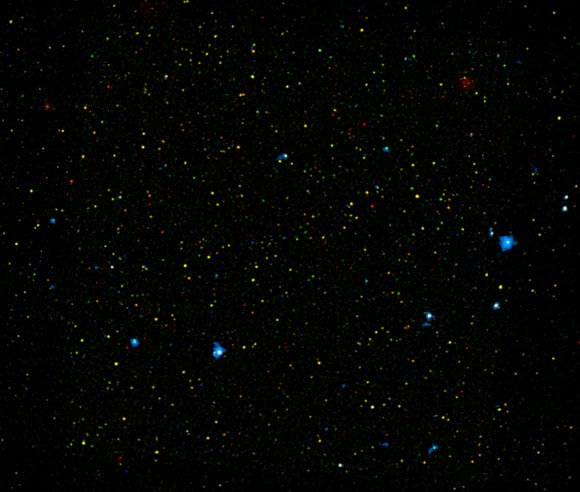
Yale University researcher Francesca Civano also presented a new image from NuSTAR depicting black holes that were previously obscured from view. NuSTAR is especially suited for this, gazing into the hearts of energetic galaxies that are invisible to observatories such Chandra or XMM-Newton. The image presented covers the area of Hubble’s Cosmic Evolution Survey, known as COSMOS in the constellation Sextans. In fact, Civano notes that NuSTAR has already seen the highest number of obscured black hole candidates to date.
“This is a hot topic in astronomy,” Civano said in a recent press release. “We want to understand how black holes grew and the degree to which they are obscured.”
To this end, NuSTAR researchers are taking a stacked “wedding cake” approach, looking at successively larger slices of the sky from previous surveys. These include looking at the quarter degree field of the Great Observatories Origins Deep Survey (GOOD-S) for 18 days, the two degree wide COSMOS field for 36 days, and the large four degree Swift-BAT fields for 40 day periods hunting for serendipitous sources.
Interestingly, NuSTAR has also opened the window on the hard X-ray background that permeates the universe as well. This peaks in the 20-30 KeV range, and is the combination of the X-ray emissions of millions of black holes.
“For several decades already, we’ve known what the sum total emission of the sky is across the X-ray regime,” Stern told Universe Today. “The shape of this cosmic X-ray background peaks strongly in the NuSTAR range. The most likely interpretation is that there are a large number of obscured black holes out there, objects that are hard to find in other energy bands. NuSTAR should find these sources.”
And NuSTAR may just represent the beginning of a new era in X-ray astronomy. ESA is moving ahead with its next generation flagship X-ray mission, known as Athena+, set to launch sometime next decade. Ideas abound for wide-field imagers and X-ray polarimeters, and one day, we may see a successor to NuSTAR dubbed the High-Energy X-ray Probe or (HEX-P) make it into space.
But for now, expect some great science out of NuSTAR, as it unlocks the secrets of the X-ray universe!

